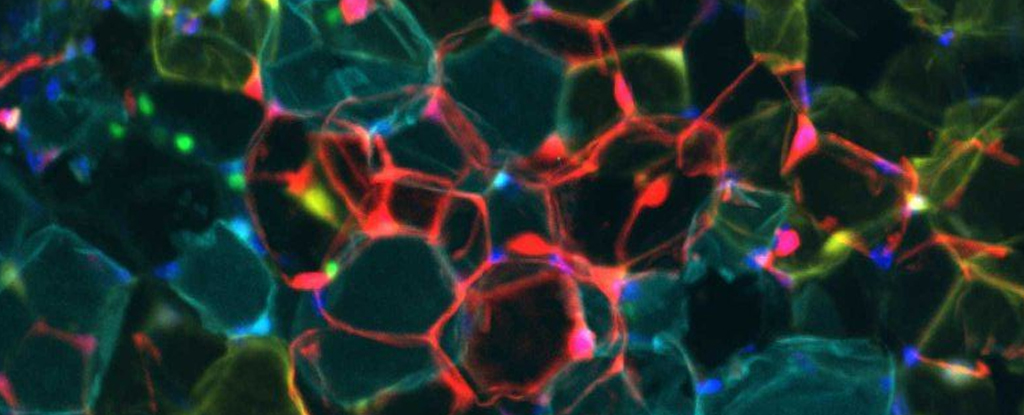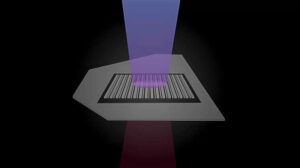
Researchers have identified a crucial mechanism that may enhance weight loss by transforming white fat into energy-burning brown fat. A study led by scientists at the Pennington Biomedical Research Center in the United States reveals that managing levels of the amino acid cysteine could play a significant role in metabolic processes related to weight management.
The investigation aimed to clarify why caloric restriction often leads to weight loss. Previous studies hinted at the influence of cysteine, but its precise role remained unclear until now. The findings indicate that cysteine depletion is instrumental in facilitating the conversion of white fat—typically stored in the body—into brown fat, which is utilized for energy and heat generation.
Krisztian Stadler, a biomedical engineer involved in the study, noted, “These results suggest future weight management strategies that might not rely exclusively on reducing caloric intake.” This insight implies that while counting calories is common, targeting cysteine levels may provide a more effective approach to weight loss.
To explore this hypothesis, the research team conducted experiments with mice genetically modified to prevent the production of cysteine. The results were striking; these mice experienced a significant body weight reduction of 25-30 percent within just one week when their diet did not include cysteine. This contrasted sharply with mice that could synthesize the amino acid.
Although the study focused on animal subjects, data from 238 individuals who participated in a previous caloric restriction trial were also examined. The analysis revealed lower cysteine levels in the fat tissue of these participants, suggesting a potential link between caloric intake and cysteine levels in humans.
The implications of manipulating cysteine levels are promising but come with caution. Blocking cysteine in the mice led to dangerously low body weights, although normal weight was restored when cysteine was reintroduced. This highlights the necessity of cysteine for various metabolic functions. “In addition to the dramatic weight loss and increase in fat burning resulting from the removal of cysteine, the amino acid is also central to redox balance and redox pathways in biology,” Stadler explained.
The complexity of human metabolism poses challenges in developing weight loss strategies targeted at cysteine. As noted by Eric Ravussin, a physiologist at the Pennington Biomedical Research Center, the study underscores the intricate nature of energy metabolism: “Reverse translation of a human caloric restriction trial identified a new player in energy metabolism.”
These groundbreaking findings have been published in the journal Nature Metabolism, paving the way for further research into the role of cysteine in weight management and metabolic health. Understanding the nuanced interactions within our bodies is essential, as various factors contribute to weight gain and loss. With this new knowledge, researchers hope to develop more effective approaches to weight control in the future.







